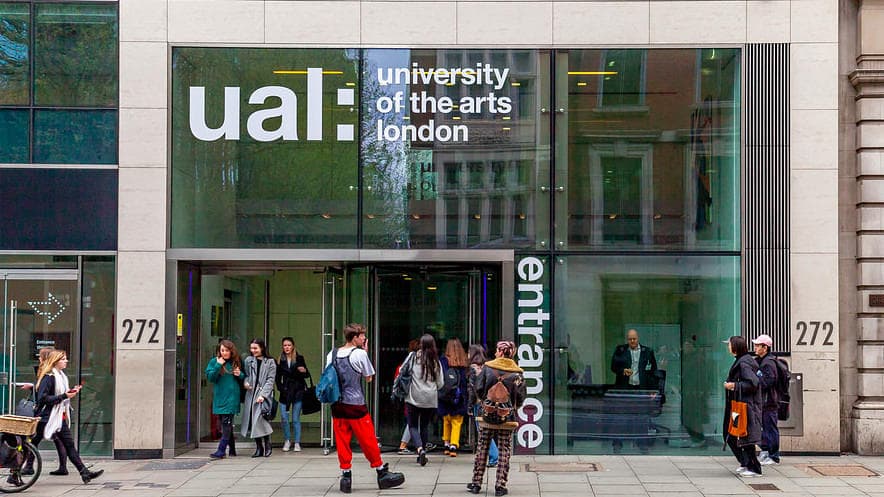The increasing complexity of socio-economic, cultural and environmental issues requires architects to develop a broad skill set. This may be described as context-led – seeking solutions which address local issues arising from global agendas. Architects must move beyond traditional disciplinary boundaries to find innovative and sustainable design solutions. There is a growing need for contemporary design which focuses not only on "hard" infrastructure but also "soft". That is, not only buildings, transport and engineering but also systems of social networks, organisation and human/non-human interaction.
M ARCH: Architecture consists of six units, three of which are core design units as well as a dedicated construction unit and an elective unit which will allow you to sample the art and design school setting. These are combined with an industry-embedded placement giving you valuable industry experience. You will also be supported to plan, develop and complete a self-led major project, which will explore strong social, political and environmental engagement with the world. This may be facilitated through external partnerships and multidisciplinary collaboration.
Unit 1: Situated Modes of Engagement
This unit will encourage you to experiment with multidisciplinary research and design approaches. You will develop situated research methodologies to expand and challenge the conventional role of the architect. The unit enables you to articulate your individual methods of working while situating your emerging practice in the extended field of Spatial Practices, focusing on the entanglement between decolonisation, anti-racism, climate/environmental justice and care. You will test and refine these approaches through critically-engaged design propositions.
Unit 2: Relational and Material Practices for Common Good
This unit is sandwiched or nested within Unit 1, and addresses the theme of collaboration through co-operation with other postgraduate courses within the University. By working co-operatively with fellow students from parallel and contrasting courses, you will experience at first hand the value of cross-disciplinary thinking and problem-solving that is so central to the course.
Unit 3: Regenerative Construction
This unit, you will explore technical aspects of making and construction in close detail, understand regenerative design principles and construction methods to achieve zero carbon standards. This unit embeds climate literacy and climate innovation within your learning journey. You will engage with the conditions and constraints of structural, constructional and material systems through a constructional prototyping project. Unit 3 will involve research and testing, collaborative teamwork and constructional implementation as well as life safety.
Unit 4: Professional Spatial Practice (Industry Placement)
In this unit, you will define your own direction for your major project. The unit is centred around an industry placement giving you the opportunity to step out of the college context and extend your community of practice to external stakeholders. With your advisor, you will work with a selected organisation that will provide you with insights into contemporary forms of spatial practice. You will assess the nature of their practice and understand ethical implications of fieldwork and within contemporary architectural practice. The contextual study component of the unit will help you establish research agenda and brief for your own self-directed major design project.
Unit 5: Design for Planetary Care
This unit asks you to develop a self-led major project which concludes with a design proposition centred around ideas of planetary care. Building on previous units, it asks students to synthesise the contextual studies thesis, the industry placement experience into a clear brief and proposition. Unit 5’s technology component will build on the work in Unit 3 and will centre climate innovation within the major project via dedicated material and technology focused workshops. The contextual studies strand concludes with a declaration of intent via a public, student-led event, allowing students to contextualise their work within a larger discourse.
Unit 6: Situated Critical Practice
Unit 6 is a culmination to the major project and of the course. It sees the refinement and dissemination of the design project and its key innovations to a large audience at the end-of-year College show. The unit will conclude with a speculation on future career ambitions and pathways by asking students to propose new forms of architectural practice in relation to their design propositions and outlining pathways into practice rooted in the extensive professional and peer networks created across the two years of the course. Barriers to implementation of the work will be addressed in the professional practice component addressing planning, building control, health and life safety, cost, contract and construction documentation. Unit 6 prepares students to enter professional live beyond Central Saint Martins.
